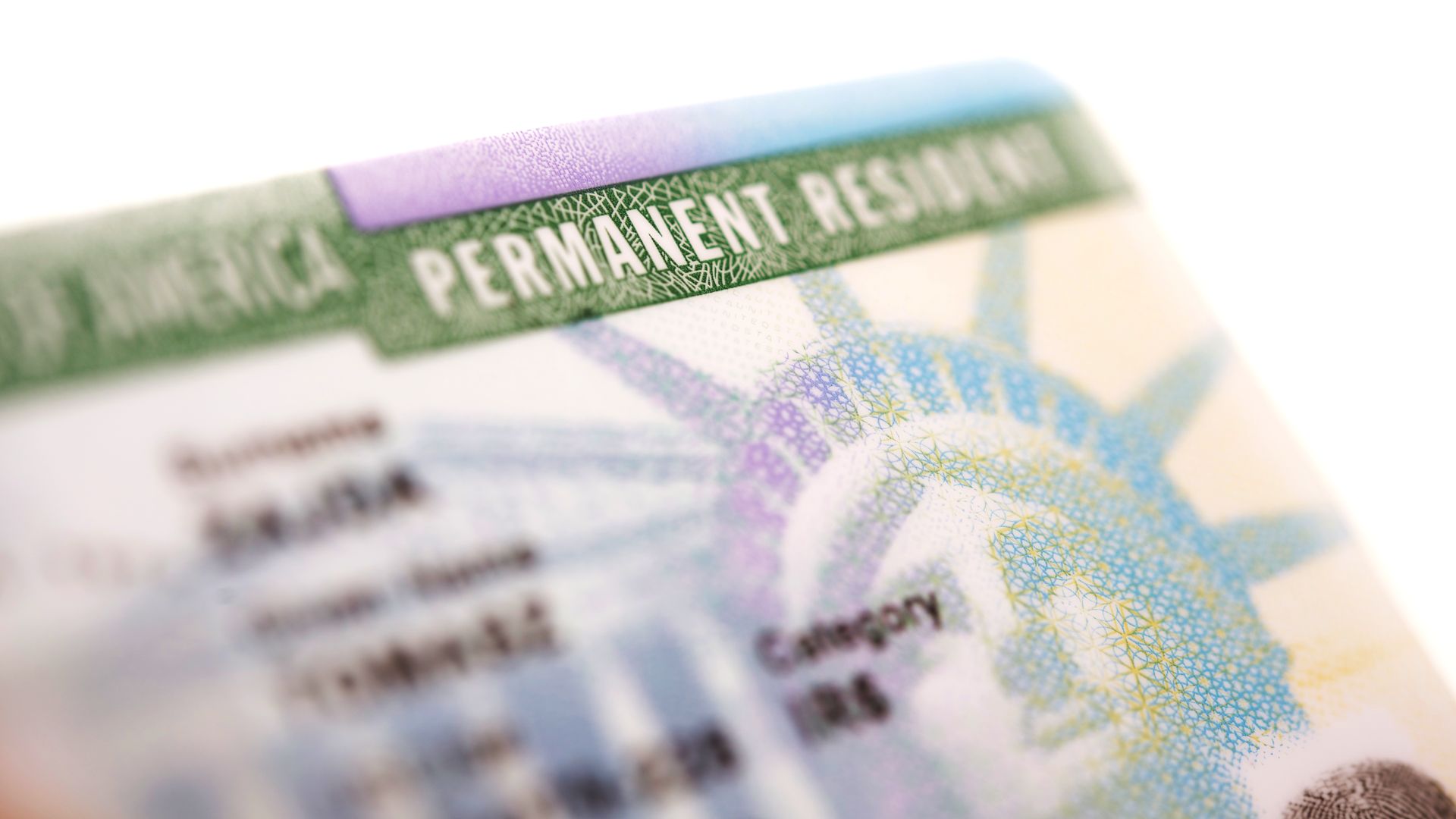When it comes to uniting families across borders, the United States offers several visa options tailored to specific family circumstances. Among these, the K visa category plays a crucial role in bringing together U.S. citizens with their foreign fiancé(e)s and spouses. This blog will delve into the different types of K visas, their purposes, eligibility criteria, and the application process, helping you navigate the complexities of U.S. immigration law.
What Are K Visas?
K visas are non-immigrant visas that allow the foreign fiancé(e) or spouse of a U.S. citizen, along with their children, to enter the United States. These visas facilitate the process of family reunification, enabling families to live together in the U.S. while awaiting permanent residency (green card) approval. The K visa category is divided into four distinct types: K-1, K-2, K-3, and K-4 visas. Each serves a specific purpose and has its own eligibility requirements.
K-1 Visa: The Fiancé(e) Visa
What Is a K-1 Visa?
The K-1 visa, commonly known as the Fiancé(e) Visa, is designed for the foreign fiancé(e) of a U.S. citizen. This visa allows the foreign national to enter the United States with the intent of getting married within 90 days of arrival.
Eligibility Criteria for a K-1 Visa
To qualify for a K-1 visa, both the U.S. citizen and the foreign fiancé(e) must meet the following requirements:
- Intent to Marry: Both parties must have a genuine intent to marry within 90 days of the fiancé(e)’s arrival in the U.S.
- Legally Free to Marry: Both individuals must be legally eligible to marry (i.e., both must be single, divorced, or widowed).
- In-Person Meeting: The couple must have met in person at least once within the two years preceding the visa application, although exceptions may apply.
The K-1 Visa Process
The U.S. citizen begins the process by filing Form I-129F, Petition for Alien Fiancé(e), with the U.S. Citizenship and Immigration Services (USCIS). Once approved, the petition is sent to the U.S. Embassy or Consulate in the foreign fiancé(e)’s country, where they will undergo an interview. If successful, the K-1 visa is issued, allowing the fiancé(e) to enter the U.S. for the purpose of marriage.
K-2 Visa: For the Children of K-1 Visa Holders
What Is a K-2 Visa?
The K-2 visa allows the unmarried children (under 21 years old) of K-1 visa holders to accompany their parent to the United States. This visa category ensures that families can stay together during the immigration process.
Eligibility Criteria for a K-2 Visa
To qualify for a K-2 visa, the child must meet the following conditions:
- Age: The child must be under 21 years old and unmarried.
- Relationship: The child must be the biological or legally adopted child of the K-1 visa holder.
The K-2 Visa Process
The K-2 visa application is typically filed alongside the K-1 visa application. Once the K-1 visa is approved, the children can apply for their K-2 visas and travel with their parent to the United States.
K-3 Visa: Spouse of a U.S. Citizen
What Is a K-3 Visa?
The K-3 visa is designed for the foreign spouse of a U.S. citizen, allowing them to enter the United States while waiting for the approval of their immigrant visa petition (Form I-130). The K-3 visa significantly reduces the time spouses are separated during the immigration process.
Eligibility Criteria for a K-3 Visa
To be eligible for a K-3 visa, the following conditions must be met:
- Marriage: The applicant must be legally married to a U.S. citizen.
- I-130 Petition: The U.S. citizen spouse must have already filed Form I-130, Petition for Alien Relative, on behalf of the foreign spouse.
- Intent to Reside: The foreign spouse must intend to reside in the United States while waiting for the immigrant visa to be processed.
The K-3 Visa Process
After the U.S. citizen files Form I-130, they can then file Form I-129F, Petition for Alien Fiancé(e), for the K-3 visa. Once approved, the petition is forwarded to the U.S. Embassy or Consulate where the foreign spouse resides. After a successful interview, the K-3 visa is granted, allowing the spouse to enter the United States.
K-4 Visa: For the Children of K-3 Visa Holders
What Is a K-4 Visa?
The K-4 visa allows the unmarried children (under 21 years old) of K-3 visa holders to enter the United States. Like the K-2 visa, this category ensures that families can remain together during the immigration process.
Eligibility Criteria for a K-4 Visa
To qualify for a K-4 visa, the child must meet the following criteria:
- Age: The child must be under 21 years old and unmarried.
- Relationship: The child must be the biological or legally adopted child of the K-3 visa holder.
The K-4 Visa Process
The K-4 visa application is generally filed alongside the K-3 visa application. Once approved, the children can travel with their parent to the United States and reside there while the immigrant visa is processed.
Choosing the Right K Visa
Understanding the different types of K visas is crucial for U.S. citizens and their foreign family members who are navigating the immigration process. Whether you’re planning to marry your foreign fiancé(e) or reunite with your spouse and children, knowing the specific requirements and processes for each K visa type will help ensure a smoother journey toward permanent residency in the United States.
Navigating the U.S. immigration system can be complex, but with the right knowledge and preparation, you can successfully bring your loved ones to the United States. If you need personalized guidance, consulting with an immigration attorney can provide the support you need.








